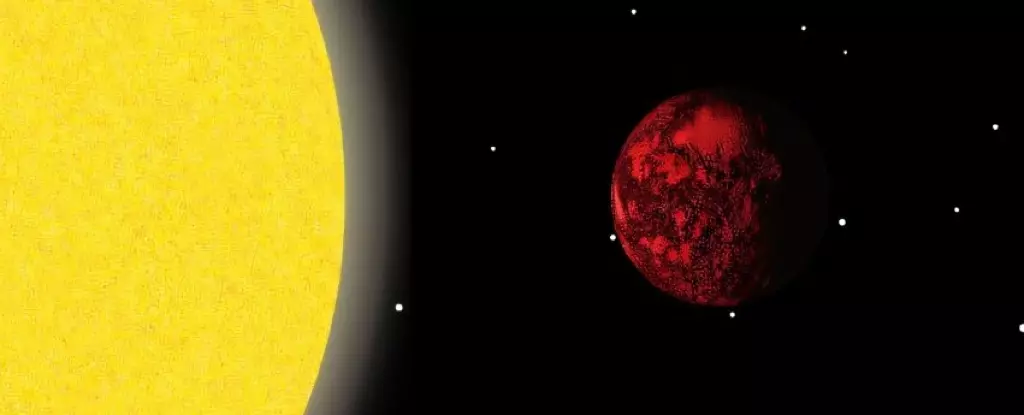Astronomical discoveries continue to unveil the wonders of the universe, offering insights into celestial bodies that challenge our understanding of planetary formation and density. One such intriguing discovery is K2-360 b, a Super-Earth that defies traditional definitions of planet density and composition. This article explores the exceptional characteristics of K2-360 b, its formation mechanisms, and its implications for planetary science.
Discovered during NASA’s K2 mission in 2016, K2-360 b stands out not merely for its size but especially for its extraordinary density. With a mass nearly seven times that of Earth compressed into a volume only 1.6 times larger, the resulting density is an astounding 11 grams per cubic centimeter—nearly equivalent to that of lead. To put this into perspective, Earth’s average density is about 5.5 grams per cubic centimeter, making K2-360 b a member of the exclusive club of ultra-short-period Super-Earths.
The term “ultra-short-period” refers to K2-360 b’s incredibly swift orbit around its host star, completing a full revolution in just 21 hours. This extreme proximity to its star is essential for understanding both its composition and its detection. The gravitational pull from the star likely played a significant role in shaping the planet’s current state.
Investigating how K2-360 b achieved such unprecedented density leads us to the hypothesis that it might be the remnant core of a once-much-larger gas giant. Researchers propose that this planet initially formed farther from its star, where gaseous planets typically emerge. However, over eons, K2-360 b migrated inward, moving into an orbit so tight that the intense stellar radiation stripped away its atmospheric gases. What remains is a solid, rocky body that may be enveloped in oceans of molten rock—a hellish landscape likened to a planetary cannonball.
Understanding the formation of K2-360 b does not rely solely on its characteristics but also on the dynamics of its celestial neighbors. Observations show a larger companion planet, K2-360 c, that likely influences the orbital path of K2-360 b. K2-360 c is akin to Neptune in terms of size and density, and preliminary models indicate that gravitational interactions between the two planets may have initiated K2-360 b’s inward spiral.
K2-360 b’s density allows astronomers to place it within an intriguing context of planetary types. While it reigns supreme among dense Super-Earths, it must be noted that its density is nearly twice that of Earth. For comparison, TOI-4603b, another extreme case, boasts an astonishing density of 14.1 grams per cubic centimeter but borders the definition of a planet, teetering on the brink of classification as a brown dwarf.
Conversely, the Kepler 51 system introduces a stark contrast, featuring planets whose densities hover around a mere 0.03 grams per cubic centimeter—analogous to the fluffiness of cotton candy. This vast range highlights the diversity of exoplanet compositions and raises questions about the underlying processes that yield such varying densities.
The discovery of K2-360 b contributes to a broader understanding of planetary evolution, migration, and composition. Its unique characteristics not only expand our knowledge of rocky planets but also bolster scenarios regarding the fate of gas giants that venture too close to their stars. Moreover, K2-360 b serves as a tantalizing example of how dynamic interactions within planetary systems can lead to counterintuitive outcomes.
Future missions and advances in astronomical techniques may enhance our understanding of planetary diversity even further. K2-360 b exemplifies how exoplanets can unveil cosmic phenomena that defy imagination, challenging sci-fi narratives while informing scientists about the universe’s complexities.
K2-360 b stands as a testament to the wonders of cosmic diversity, an anomaly in planetary systems that encourages continued exploration and inspires the imagination of astronomers and enthusiasts alike. The universe, rich with such peculiar worlds, reveals that there is much more to discover beyond the limits of our solar system.

